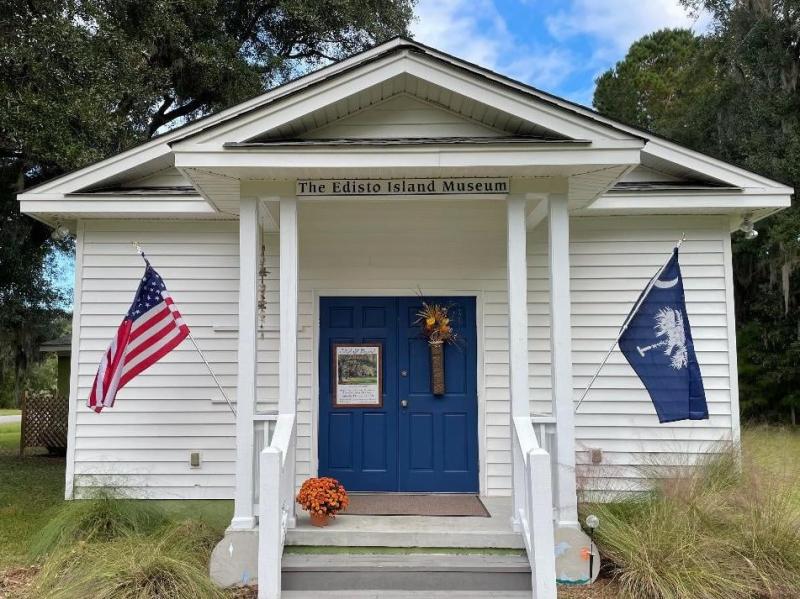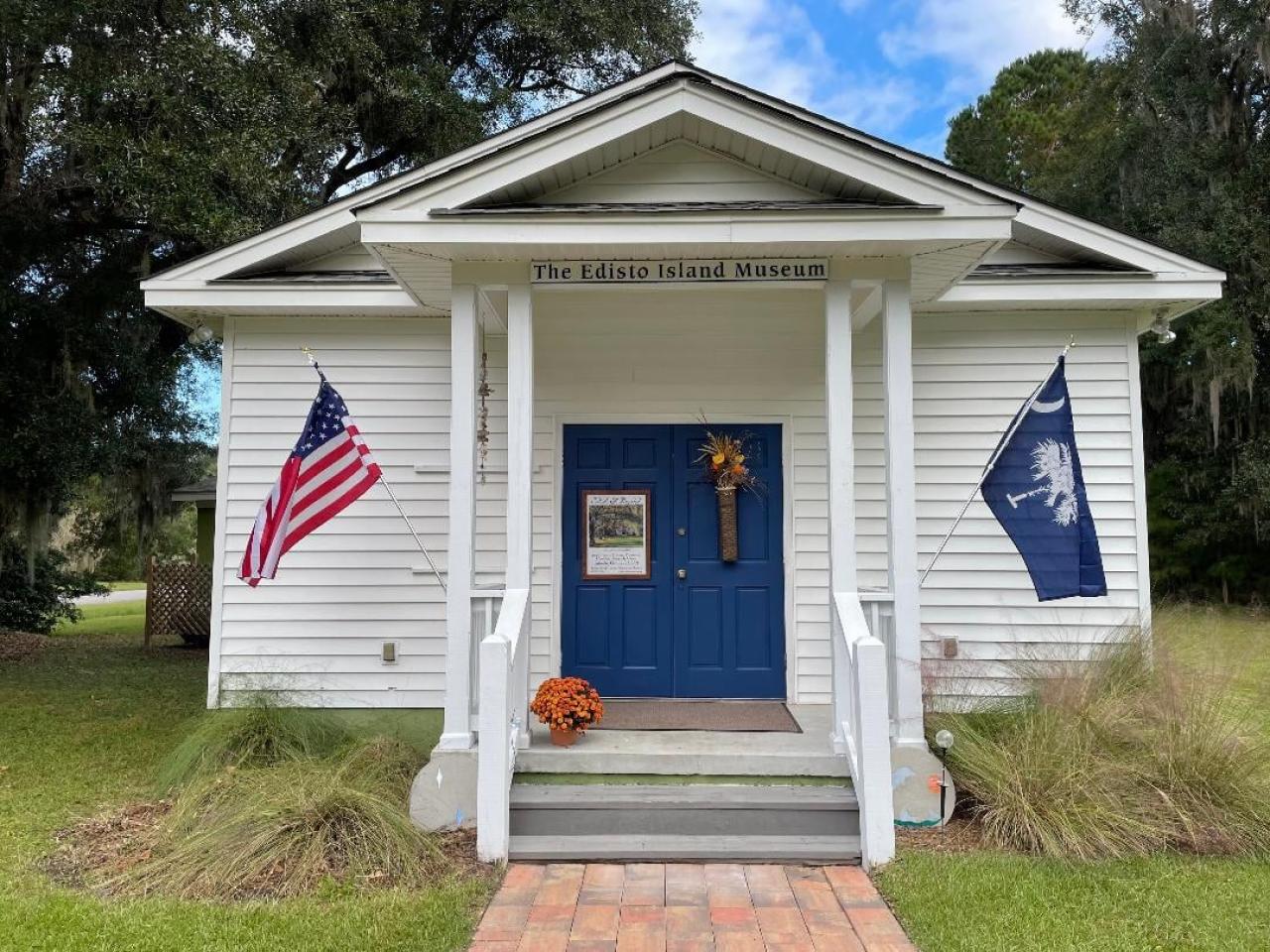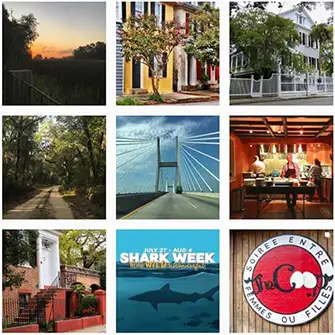Edisto Island Museum
Business Details
In 1986, a small group of Edisto Island residents gathered to found the Edisto Island Historic Preservation Society (EIHPS). The mission of the Society is to preserve and exhibit the history of Edisto, and to educate the public in these endeavors. To fulfill this mission, the Society operates the Edisto Island Museum and works in concert with other organizations and homeowners to preserve Edisto’s unique culture and natural and built environment.
From the beginning, creating a museum was the main goal of EIHPS; our first artifact was acquired in January of 1987. In 1988, the anonymous donation of a house on Chisolm Plantation Road gave EIHPS a home, and we have been in the same location ever since.
On September 28, 1991, the Edisto Island Museum officially opened.
Over the years, EIHPS continued to expand the Museum and our collections as well as working to preserve the island’s history outside of the Museum.
We created a Cemetery Fund to help repair and restore some of Edisto’s numerous historic cemeteries and graves, bringing in outside professionals when necessary.
We have volunteer work days to clean up historic properties, including the Hutchinson House, which is the oldest Freedman’s house on the island, and the African-American Murray Cemetery.
We were instrumental in getting the historic structures at Botany Bay Plantation protected in anticipation of the opening of that property to the public as a wildlife management area.
We worked to preserve the last two remaining slave cabins on the island. One we stabilized and then donated to the new Smithsonian Museum of African American History and Culture in Washington, DC. The second cabin was dismantled and a portion of it moved to our museum where it helps tell the full story of Edisto Island’s rich history.
Read about the slave cabin move to the Smithsonian, and then listen to the NPR interview using the link below.
Moving History: The Point of Pines Pines Plantation Slave Cabin September 13, 2013
In May of 2013, a one-story, rectangular, weatherboard-clad, 19th-century slave cabin was dismantled at the Point of Pines Plantation on Edisto Island, SC, and transferred to the collection of the Smithsonian Institution’s National Museum of African American History and Culture, in Washington, DC. The reconstructed cabin has been prominently featured in the “Slavery and Freedom” exhibition since the museum opened in 2015.
Nancy Bercaw, NMAAHC curator; Gretchen Smith, director of the Edisto Island Historic Preservation Society; and Mary N. Elliott, project historian for the NMAAHC, will join Dr. Edgar to talk about the cabin, which Bercaw calls “one of the jewels of the museum.”
Listen to the radio interview here: https://www.
The Museum has installed a new exhibit on the Edisto Indians, a local tribe that long ago vanished from this island. We have numerous artifacts on display that help tell this important story. Our next major project is to create an exhibit that will focus on the rich Gullah culture found on Edisto Island.
While we take great pride in our Museum, we also will continue to advocate for historic preservation across Edisto Island. Edisto has a rich and varied history, and we are committed to preserving and exhibiting that history whenever and wherever possible.
We would love to have you join our organization to be a part of this rewarding and important work.








Edisto Island Museum